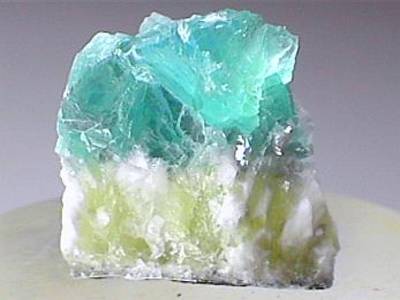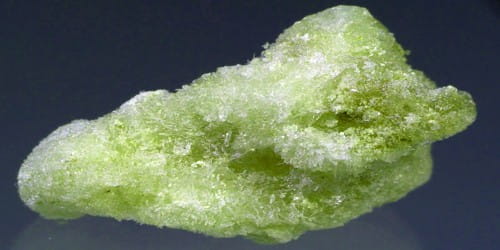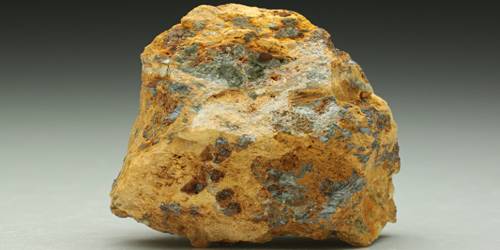Brucite is the mineral form of magnesium hydroxide, with the chemical formula Mg(OH)2. It is the mineral form of magnesium hydroxide, first discovered in 1824 from the New Jersey serpentine, USA. The mineral was named after the American mineralogist, A. Bruce.
It is a common alteration product of periclase in marble; a low-temperature hydrothermal vein mineral in metamorphosed limestones and chlorite schists; and formed during serpentinization of dunites. Brucite is often found in association with serpentine, calcite, aragonite, dolomite, magnesite, hydromagnesite, artinite, talc and chrysotile.
General Information
- Category: Oxide mineral
- Formula: Mg(OH)2
- Crystal system: Trigonal
- Crystal class: Hexagonal scalenohedral (3m)

Properties
It exhibits perfect cleavage, transparent appearance, non-fluorescent luminescence, and non-magnetic properties. The mineral has irregular fractures, vitreous luster, and the white streak. It can be formed as lamellar structures or fibrous crystals. The average density of the mineral is 2.39 g/cm3, and its hardness ranges from 2.5 to 3.
- Color: White, pale green, blue, gray; honey-yellow to brownish red
- Crystal habit: Tabular crystals; platy or foliated masses and rosettes – fibrous to massive
- Cleavage: Perfect on {0001}
- Fracture: Irregular
- Tenacity: Sectile
- Mohs scale hardness: 2.5 to 3
- Luster: Vitreous to pearly
- Streak: White
- Diaphaneity: Transparent
- Specific gravity: 2.39 to 2.40
Occurrence
Brucite occurs as a common alteration of periclase in marble, and a low-temperature hydrothermal vein mineral in metamorphic limestones and chlorite schists. It is closely associated with chrysotile, talc, artinite, hydromagnesite, magnesite, dolomite, aragonite, and calcite.
A notable location in the U.S. is Wood’s Chrome Mine, Cedar Hill Quarry, Lancaster County, Pennsylvania. Yellow and white brucite with a botryoidal habit has been found in Kharan District, Pakistan. Brucite also occurs in the Bela Ophiolite of Khuzdar District, Pakistan.
Industrial applications
Synthetic brucite is mainly consumed as a precursor to magnesia (MgO), a useful refractory insulator. It finds some use as a flame retardant because it thermally decomposes to release water in a similar way to aluminum hydroxide and mixtures of huntite and hydromagnesite. It also constitutes a significant source of magnesium for the industry.
Information Source:
















